TYPES OF CHARCOAL FOR DRAWING
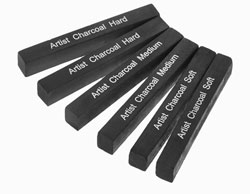 Compressed charcoal
Compressed charcoal
Made by compressing powdered charcoal into sticks or pencils, this charcoal is denser and darker than vine charcoal. It’s good for creating bold lines and strong contrasts.
Where to buy compressed charcoal >>
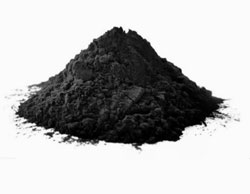 Powdered charcoal
Powdered charcoal
Used with paintbrushes or paper towels, powdered charcoal is good for toning and creating detail.
Where to buy powdered charcoal >>
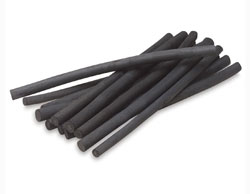 Vine charcoal
Vine charcoal
Made from grape vines or willow branches, vine charcoal is soft and light, and is good for light, airy sketches. It’s easily erasable, but can smudge easily.
Where to buy vine charcoal >>
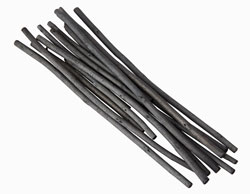 Willow charcoal
Willow charcoal
Soft and forgiving to work with, willow charcoal is good for fast coverage or large areas. It erases easily, but doesn’t adhere well to paper.
Where to buy willow charcoal >>
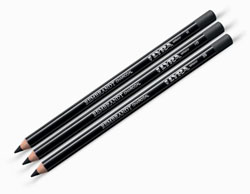 Charcoal pencils
Charcoal pencils
Good for precision drawing and sketching, charcoal pencils can come in various grades from dark to light, plus a white charcoal pencil for highlights.
Where to buy charcoal pencils >>
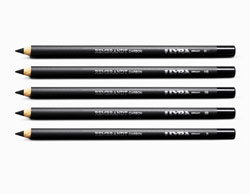 Carbon pencils
Carbon pencils
Carbon pencils are usually made from a mixture of clay and lamp black, and can also be blended with charcoal or graphite. They produce a deeper black than graphite, but are smoother than charcoal.
Where to buy carbon pencils >>
Charcoal drawing is popular for its rich blacks and ability to create a range of tones. It’s versatile and expressive, allowing for both fine lines and broad strokes.GRANULATION MEDIUM FOR WATERCOLORS
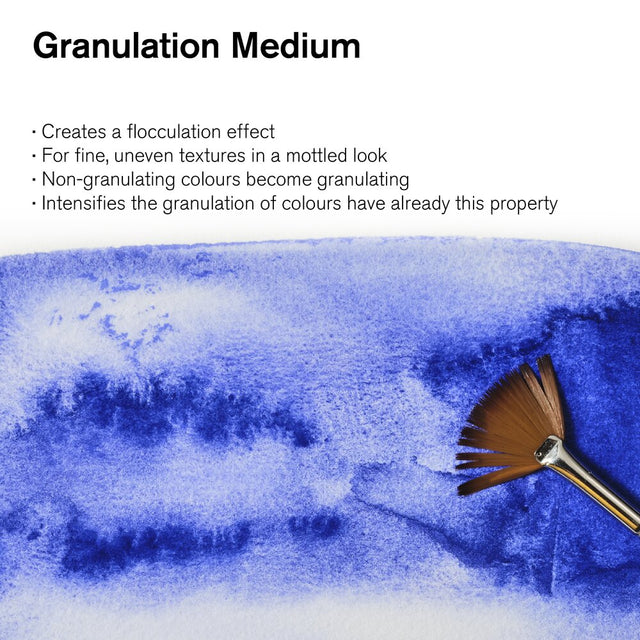
A low- viscosity formula, that increases the granulation of colour, giving a natural mottled appearance to colours which usually give a smooth wash (e.g. Winsor Blue), or enhancing the effect of granulating colours (e.g. French Ultramarine). For maximum effect dilute colour generously with medium alone.
Where to buy in Toronto: https://paletteartsupplies.com/product/winsor-newton-granulation-medium-75ml/